Macromolecular Structure and Mechanisms
What makes life “work?” Simply put, biology depends on interactions between different kinds of molecules. Biochemical, genetic and functional studies can be used to discover and characterize chemical and physical processes in living cells and to identify the molecules involved. However, a complete understanding of how these processes take place requires structural information, an understanding of the three-dimensional organization of biological molecules.
Over the last 50-70 years, techniques like X-ray crystallography and NMR have provided atomic-resolution information about the structure of many cellular components, like proteins, lipids, nucleic acids and metabolites. Low-resolution structural information about large cellular structures (organelles) has come from traditional electron microscopy. However, until recently, it had been hard to obtain structural information about the large macromolecular complexes that carry out many essential cellular processes (transcription, translation, DNA replication and chromatin regulation are just a few examples).
In the last few years, two new techniques, single particle cryo-electron microscopy (cryo-EM) and cryo-electron tomography (cryo-ET) have emerged as powerful alternatives that can provide atomic or near-atomic resolution information about macromolecular complexes, their interactions, and their organization inside a cell. Structural biologists now count with a powerful set of approaches to take a detailed view at every level of biological organization, from small molecules to entire cells. Combining this structural understanding with information from biochemical and functional analyses provides an opportunity to dissect the mechanisms behind normal and pathological cellular states, opening the door to a deeper understanding of cellular biology and providing the basis for development of novel therapies to improve human health.
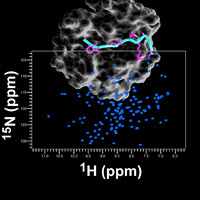
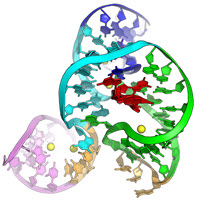
Faculty with Research in this Area
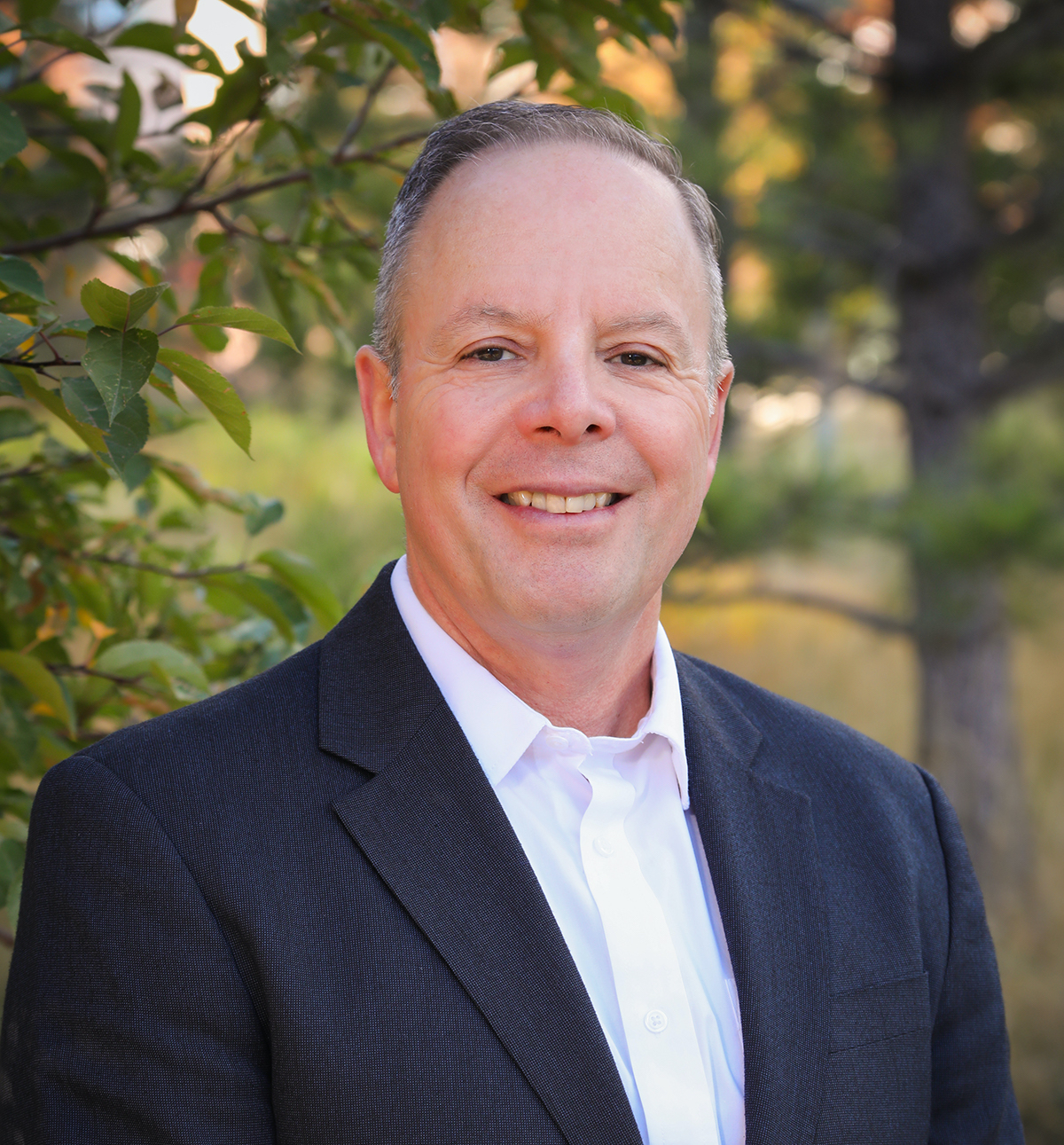
Francisco Asturias, PhD
Characterization large macromolecular complexes
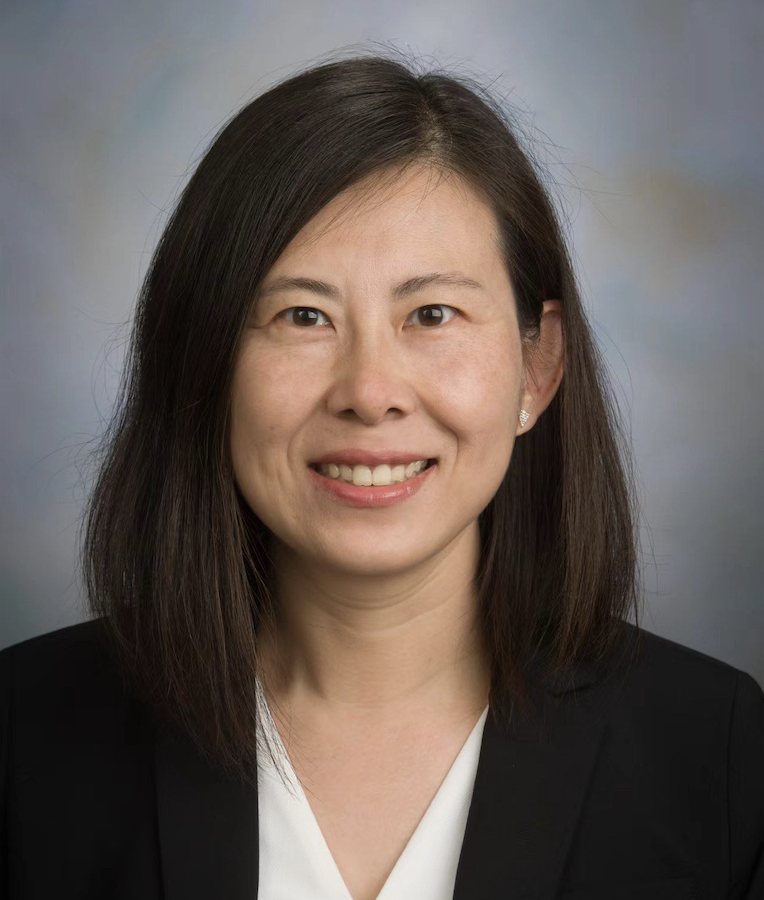
Ning Zhao, PhD
Developing technologies that enable tracking the full life cycle of proteins
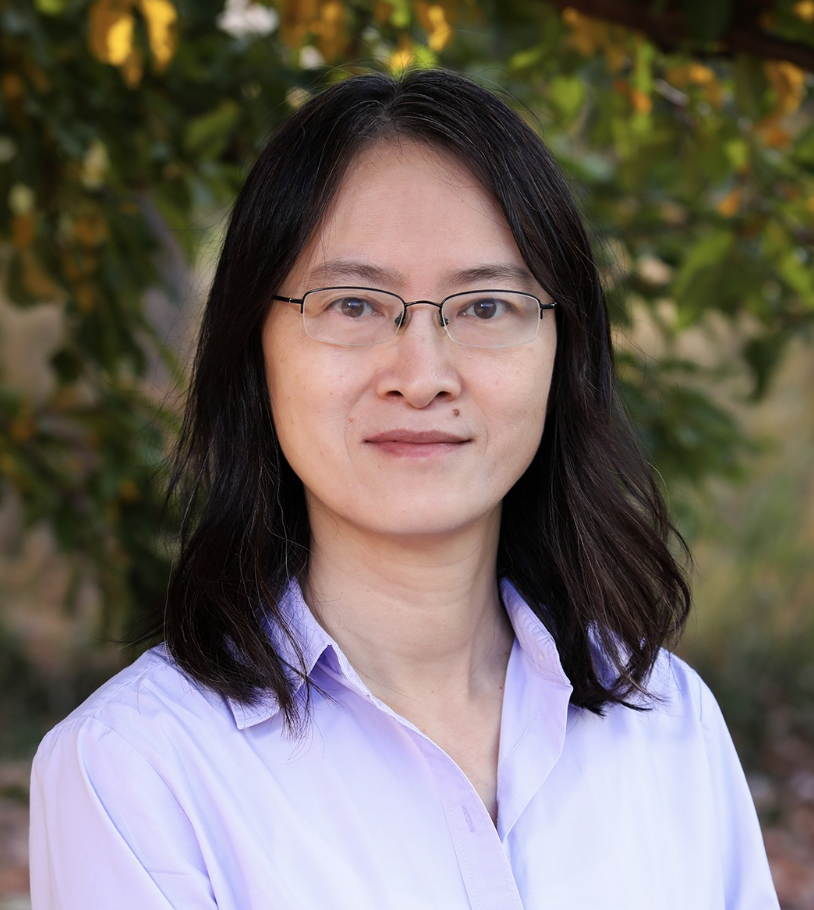
Rui Zhao, PhD
Molecular mechanism of pre-mRNA splicing; drug design targeting transcriptional complex in breast cancer

John Janetzko, PhD
Understanding how G protein-coupled receptors (GPCRs) are regulated within cells
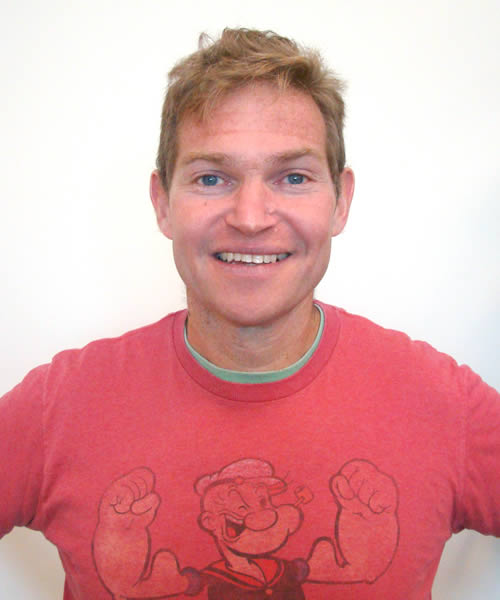
Elan Eisenmesser, PhD
Viral protein/host protein interactions and enzyme motions
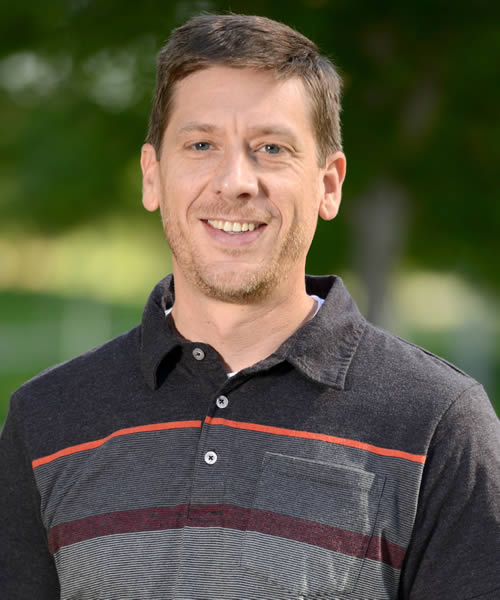
Kirk Hansen, PhD
Quantitative and functional proteomics, extracellular matrix processing and organization

Jay Hesselberth, PhD
Nucleic acid repair
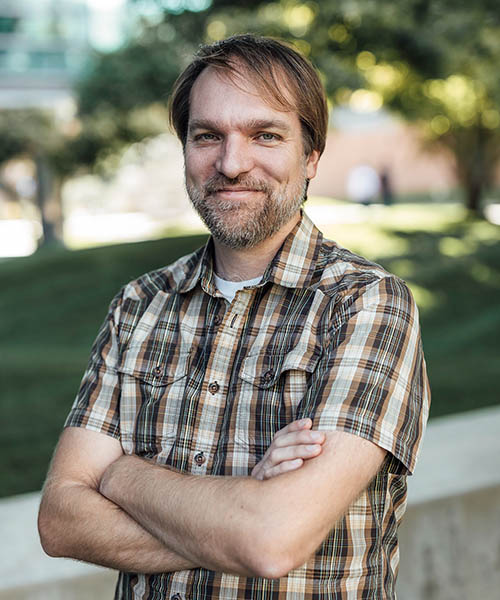
Aaron Johnson, PhD
Mechanisms of chromatin-mediated gene silencing
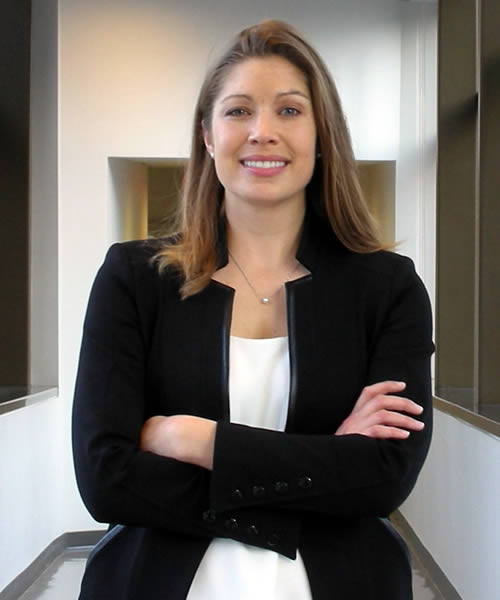
Catherine Musselman, PhD
Structural mechanisms of chromatin signaling

David Pollock, PhD
Protein structure, function and sequence evolution
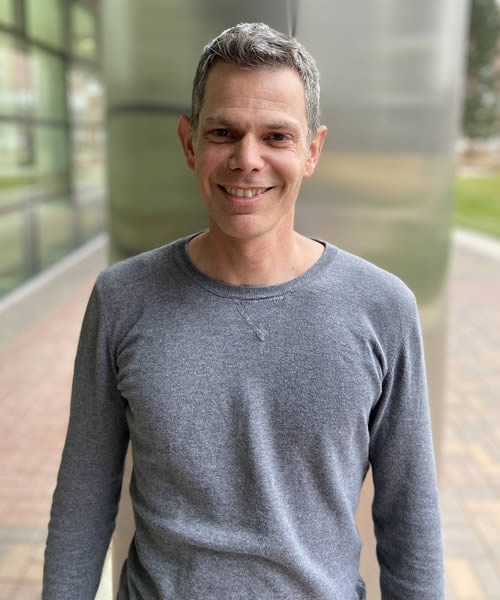
Beat Vögeli, PhD
NMR spectroscopy for the elucidation of conformation and communication networks within and between proteins and nucleic acids